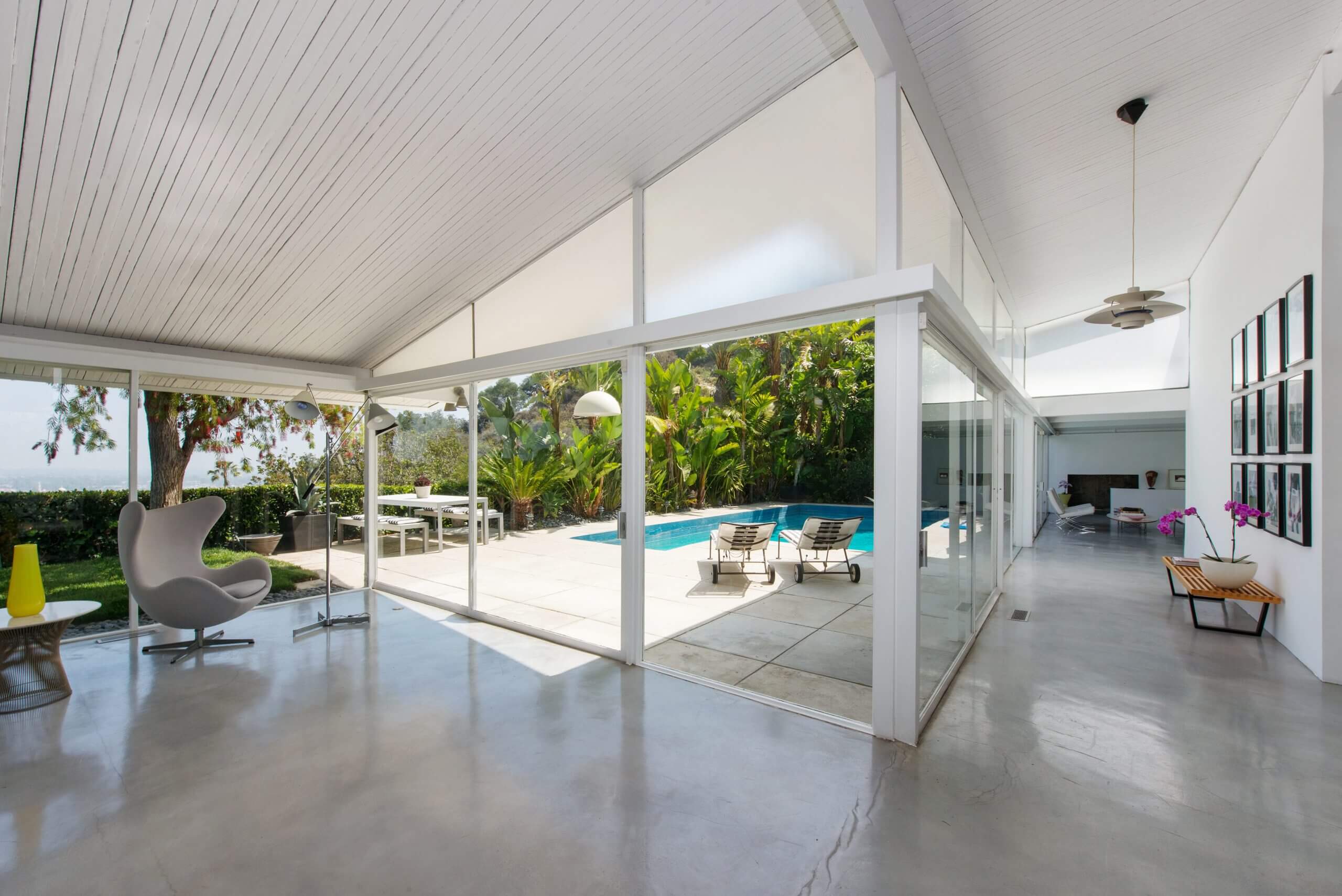Craig Ellwood, “the Gary Grant of architecture”, was one of the most visible faces of California mid-century modernism. He was known as much for his exquisitely designed, minimalist structures as he was for his exuberant lifestyle. Born Jon Burke in Texas, he formed a business called Craig Ellwood (partially named after a local liquor store). Jon later would legally change his name to Craig Ellwood. Craig was never a licensed architect, but a creative with a vision for 1950’s and 1960’s Southern California design. Craig Ellwood was a man who was determined to fashion himself a designer without any significant formal education or training. John Entenza, publisher of the influential design magazine Arts and Architecture, enlisted Craig to design hree houses for his famous Case Study program.
Content from Making LA Modern by Michael Boyd (published by Rizzoli) April 03, 2018
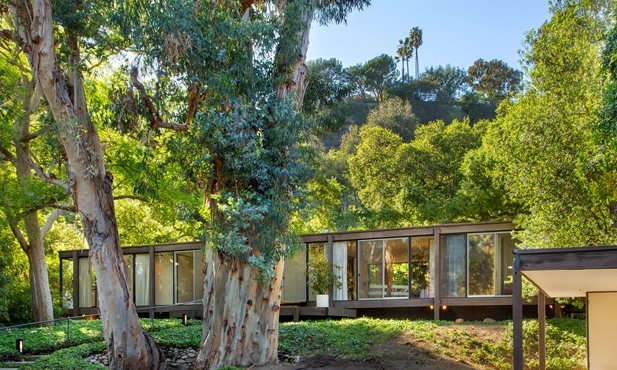
PASADENA CRAIG ELLWOOD ARCHITECT – 1965 – KUBLY HOUSE
Pasadena Craig Ellwood Architect – 1965 – Kubly House. Known for designing case study houses #16, #17, and #18. Working in wood and glass, Ellwood created a transparent horizontal box. Then elevated it like a pavilion among the massive gum and oak trees shading the site.
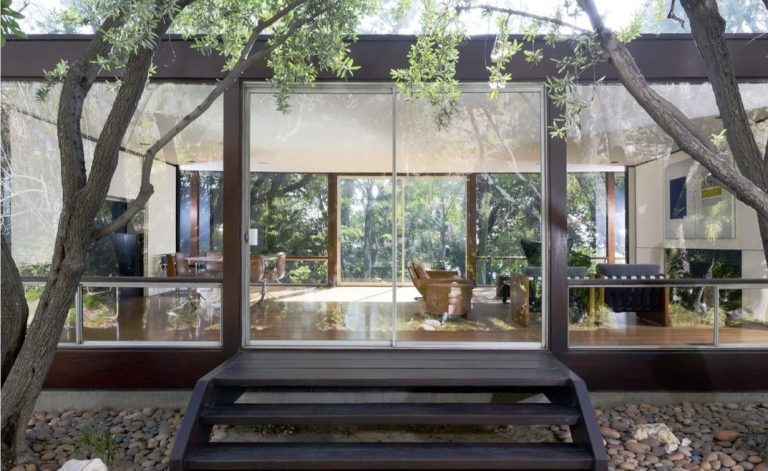
THE MOORE HOUSE, 1964 BY NOTED MID CENTURY MODERN ARCHITECT CRAIG ELLWOOD
The Moore House, 1964, by iconic Mid Century Modern architect Craig Ellwood. This world-class design employs the cleanest of modern architecture with remarkable city and ocean views.
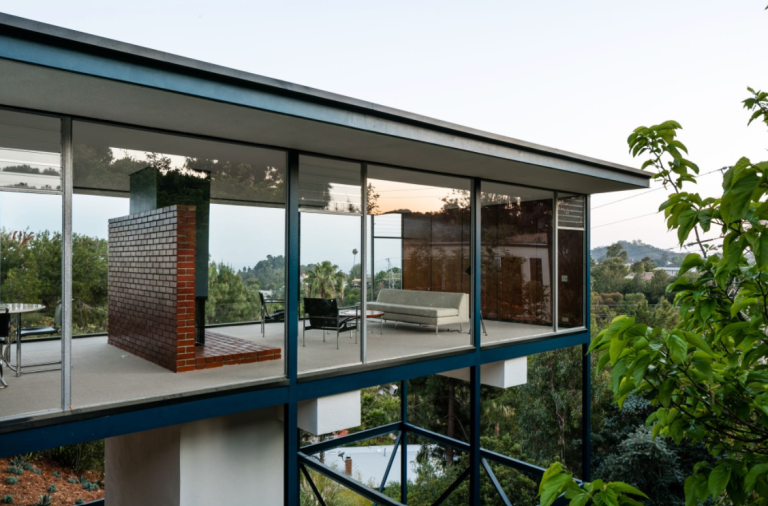
THE SMITH HOUSE – CRAIG ELLWOOD BRENTWOOD MID CENTURY MODERN
The Smith House – Craig Ellwood Brentwood Mid Century Modern. Originally completed in 1958, and now meticulously restored under the direction of James Tyler, Ellwood Associate, The Smith House continues to be a beacon in showcasing mid-century modern architecture.
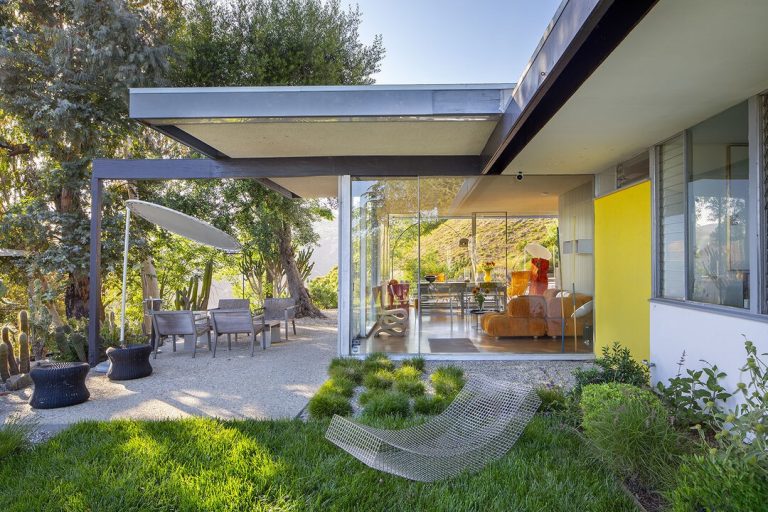
CRESTWOOD HILLS RICHARD NEUTRA MID CENTURY MODERN HOME
Crestwood Hills Richard Neutra Mid Century Modern home, The Sale Residence – 1960, is sited in the “utopian” enclave of expressive architecture known as, Crestwood Hills. Architects, Neutra, A. Quincy Jones, Whitney R. Smith and Craig Ellwood all contributed work to this cooperative development which brought about “good design and economical construction to moderate-income housing…” With interest in the project coming from musicians, artists and faculty members at UCLA, the growing group incorporated as the Mutual Housing Association in 1946.
